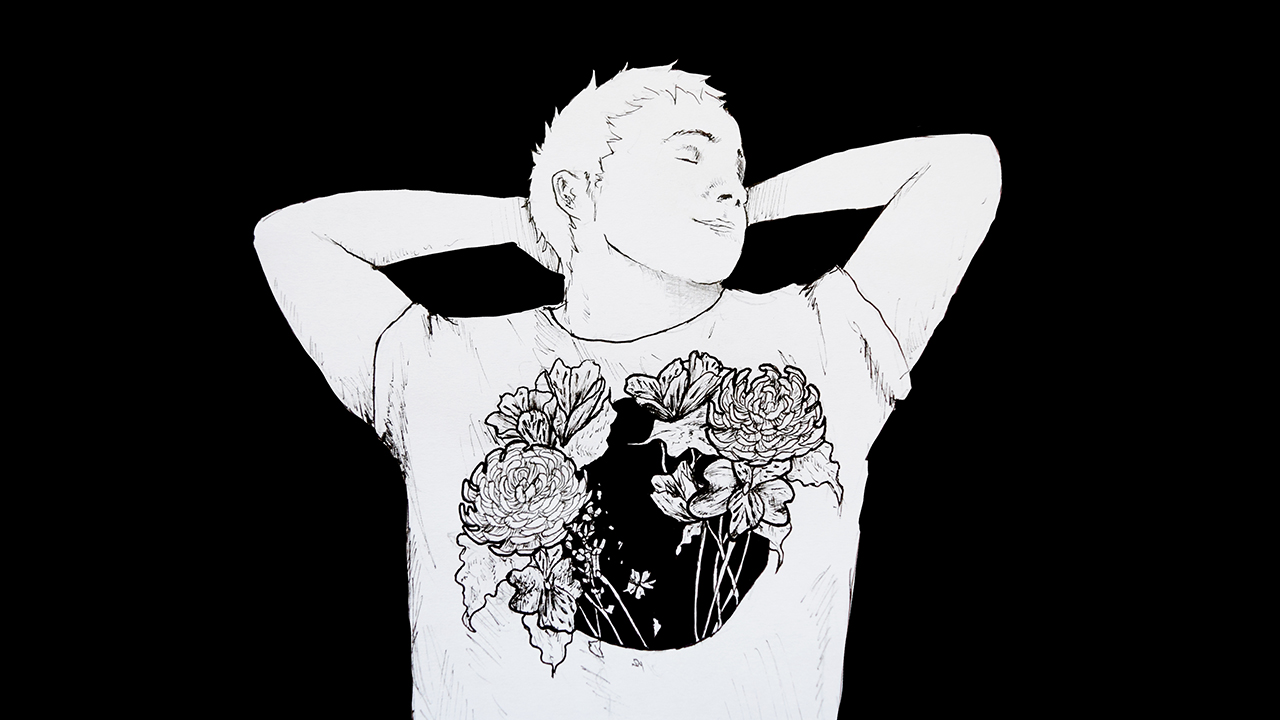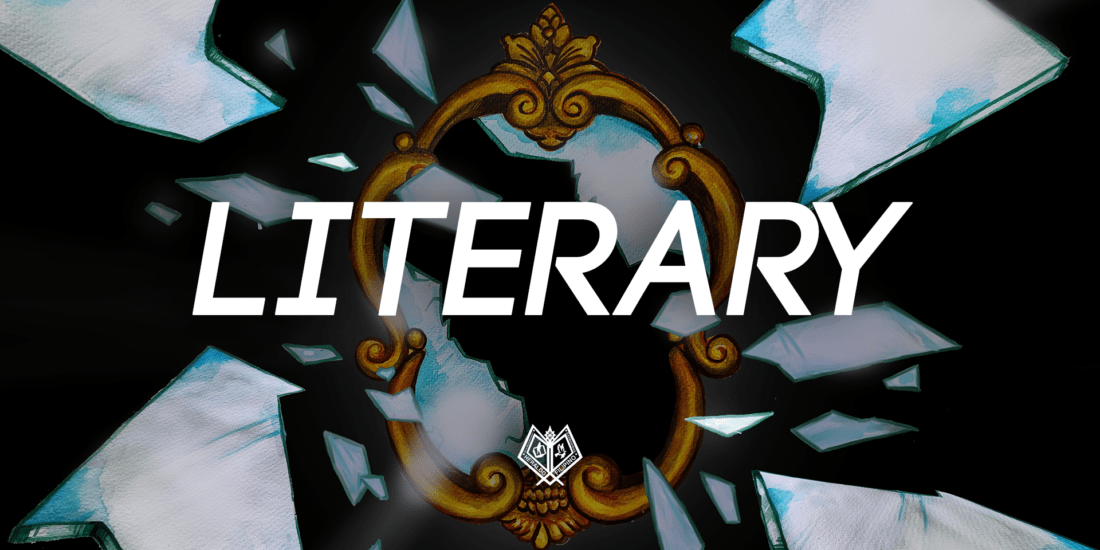Asexuals & Aromantics: the non-love story
The human race’s most basic drives include rest, food, and love. Having a problem with at least one of those components always changes the equation, or worse: would make you judged or persecuted. People with unusual sexual orientation are more often than not the victims of widespread misunderstanding, thus leading to discrimination that divides us as individuals. As the dominant perception of relationships are confined within societal norms, the queer paradigm also goes down swinging to challenge the status quo—and enlighten the majority with fluidity of sexual orientations. Thus comes in the so-called “invisible orientations”: asexuals and aromantics, those that have low or no sexual desire and people who do not experience any romantic attraction, respectively, to wave their rainbow flags for all the spectrums to see and learn about.
Asexuality: the invisible orientation
One of the most ousted orientation in the queer spectrum for older generations—asexuality, was once even mistaken to appear as a psychiatric condition. However, University of British Columbia researchers, Lori Bratto and Morag Yule, concluded that asexuality is not a disorder of sexual desire and it is very much different from the hypoactive sexual desire disorder. Thus, it is a distinct sexual orientation and thus classified as one.
A professor of Health Sciences and Psychology at Brock University and the author of Understanding Asexuality, Anthony Bogaert, defined asexuality as the lack of sexual attraction and the little to no desire for any sexual activity. It is also considered as the fourth category of sexual orientation as it is discrete from heterosexuality, homosexuality, and bisexuality.
Asexuality is also particularly dissimilar with celibacy wherein it only refers to the state of abstention in marriage and sexual relations and that does not include the absence of sexual attraction and desire.
Aromantics: Repelled attraction
On the other hand, aromantic people simply do not experience any romantic attraction to any member of any gender or sexuality. It’s not similar and interchangeable with asexuality, yet it can coexist with it. Being aromantic doesn’t mean that a person doesn’t feel any love at all because contrary to the myths and misconceptions, aromantics can still love deeply and passionately as people do—just not in a romantic way, but a platonic way. Aromantics can engage in familial love, friendly love, parental love and even partner love, wherein they choose a primary partner that serves like their romantic companion who they can depend on in terms of cohabitation, physical affection, child-rearing, financial interdependence, and owning properties, yet they do not feel the need for this to take a step further through affection.
Though the assumption is that aromantics turn out way they did because of a disillusion with traumatic or bad romantic relationships from the past, it is a legitimate sexual orientation and part of a person’s nature and should not be considered as a side effect of mental or physical illness.
***
People should take into account the spectrum of sexual orientations and accept the fluidity of genders. They’re not moving the margins of the mainstream, because they also want everyone to be aware of an aspect of their identities without getting criticized. The mere social constructs of gender and sexuality should not reflect to a person’s health, rights, and worth as a human being—no matter who they are attracted to or not attracted to.
The shallow and twisted ideas of love, romance, and relationships of our society have become the basis of norms, which make people who go against the current become a so-called opponent of waves of the stereotype. Their battles may be hidden, but sooner or later with our understanding and insight, they are to win this fight and raise their own flags up high.





